CrossCurrents Library
CrossCurrents is an electronic publication that offers articles on a wide range of topics related to teaching and learning in higher education. Through engaging content that encourages exploration and reflection on best practices, innovative pedagogies, and emerging trends in higher education, we try to help college teachers successfully navigate the challenges they face in today’s complex classroom.
Featured Collections
Topics
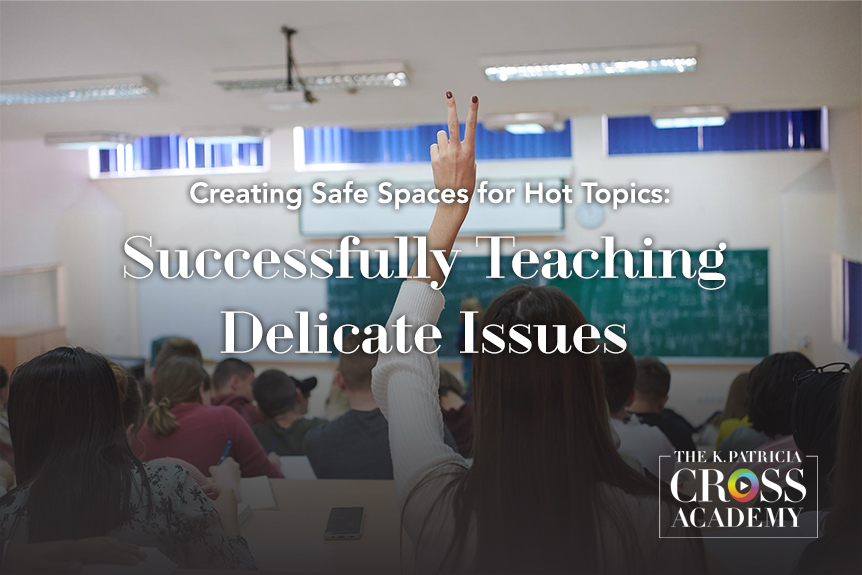
Addressing sensitive topics in the classroom presents one of the most delicate challenges faced by educators. As societal discussions become increasingly polarized, the task of navigating controversial subjects with students grows ever more complex. This complexity is not merely a matter of content selection; it can significantly affect classroom dynamics, student engagement, critical thinking development, and overall learning outcomes.

One of the most difficult challenges faculty face in a collaborative classroom is how to grade students. The fundamental issue is that individual and group accountability seem to be at odds with each other. Tradition holds that a student’s individual course grade should reflect an accurate evaluation of that student’s work and should not be influenced by the performance of

Group work has many benefits to students and student learning, but it also has its challenges. Most common problems can be avoided if you put in the effort and take the time to plan carefully. One of the early steps to take into consideration as you prepare is how to form groups. There are many decisions to make, and the

Research demonstrates that in a typical college classroom, most teachers pose a question and then wait less than one second for students to respond. As you might imagine, there are significant challenges with this practice. Allowing students such a short processing time almost guarantees you will not receive carefully thought out responses. It also promotes a classroom dynamic in which
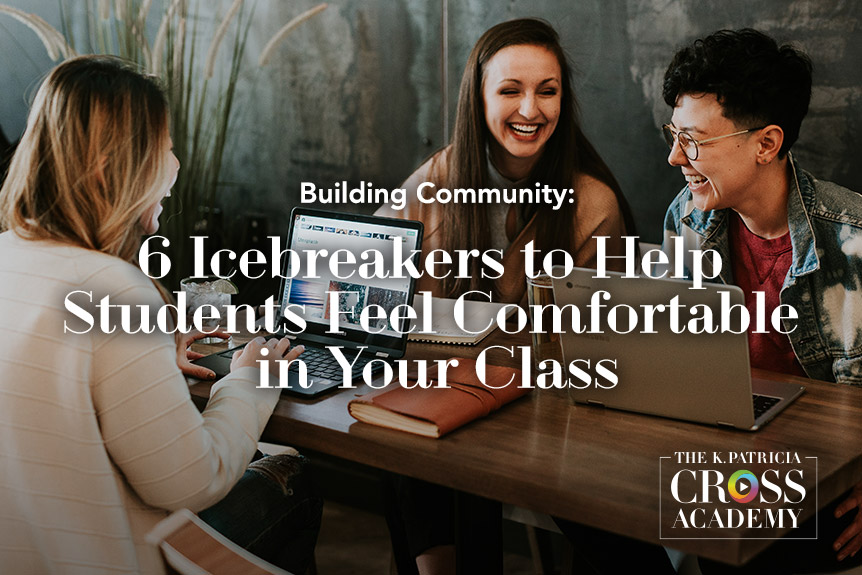
According to surveys, two of the main concerns of most students on the first day of class are whether they will like the instructor and how well they will get along with their classmates (Provitera-McGlynn, 2001). The first days of the semester establish the tone for the next weeks. According to Cavanaugh (2016), “On the first few days of class

Designing effective online discussion boards can be a challenge. While some discussion boards can be fruitful grounds for conversation, others fall flat and feel forced and stale. The design of the board is critical to ensuring a successful online conversation. During the design process, we encourage you to consider the following questions. 1. What learning goal do you want students

Inclusive teaching is not easy. It means digging deeper into why imbalances in participation, success, and completion exist. To adopt inclusive pedagogy, instructors necessarily engage in examining their own bias and awareness. In this article, we consider our responsibility, as educators, to practice inclusive teaching, and cover various techniques and methods for doing so.
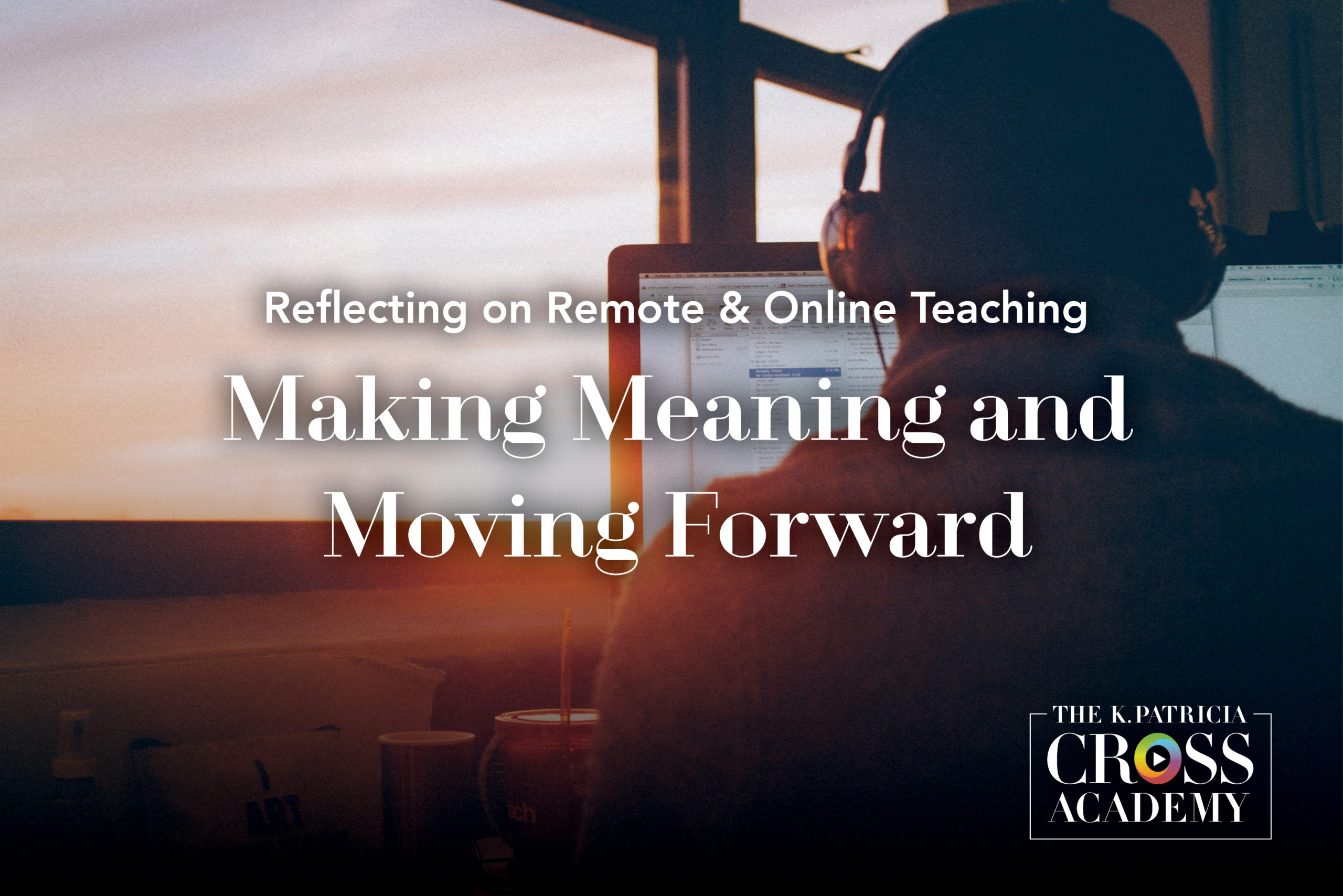
For years we have acknowledged that college teaching has gotten tougher, but the abrupt shift to remote teaching in response to the COVID-19 pandemic presented instructors with even more challenges. As colleges and universities struggled to deal with the crisis in the spring of 2020, some professors had only a week’s or even a weekends’ notice to restructure their classes
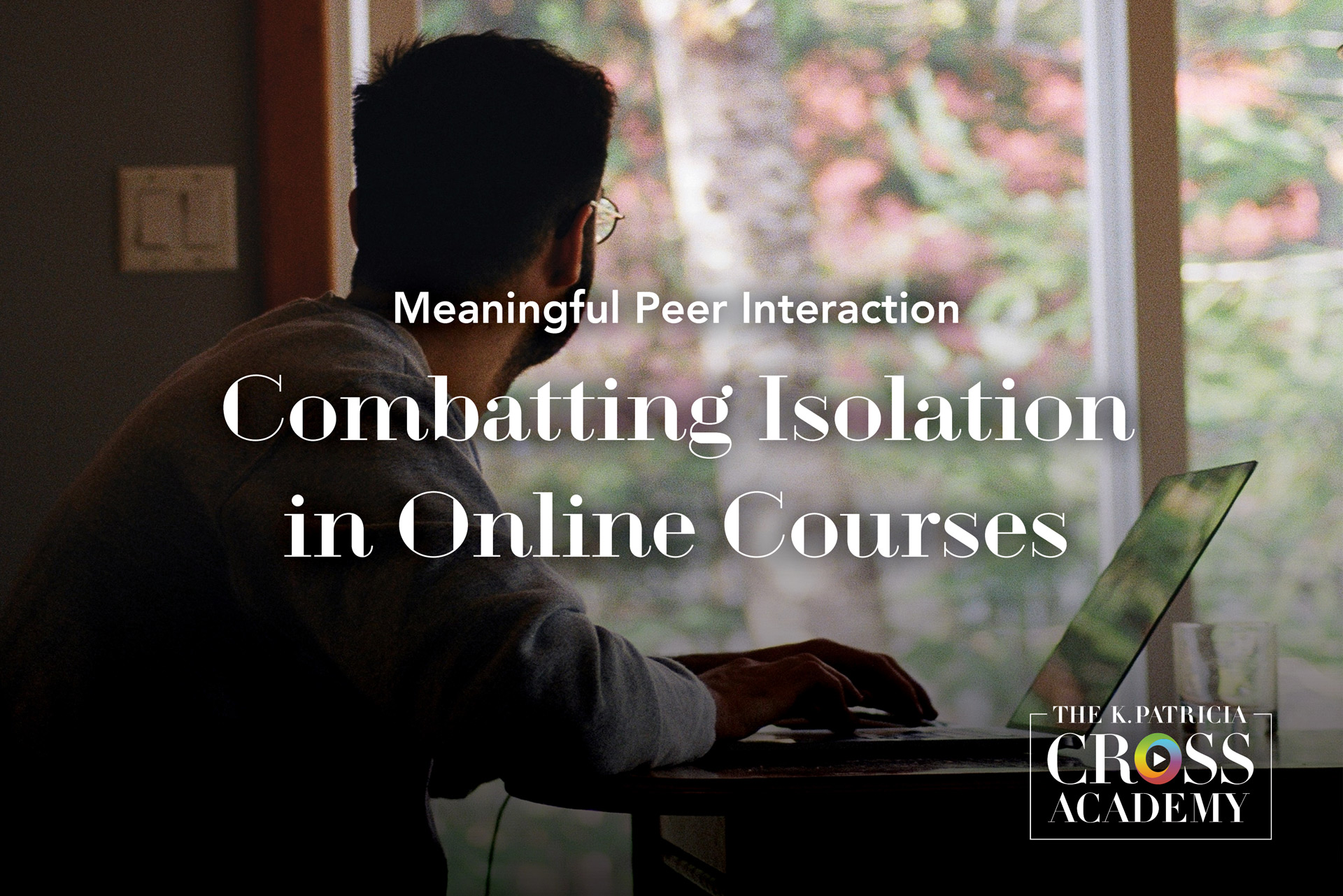
It’s common knowledge for any educator who has taught online that it can be a significant challenge for students who are learning online to develop feelings of connection with their peers and teacher. Feelings of isolation when learning online have been around for as long as online learning has existed. In this article, we examine three key ways to combat that sense of isolation and encourage meaningful peer interaction.
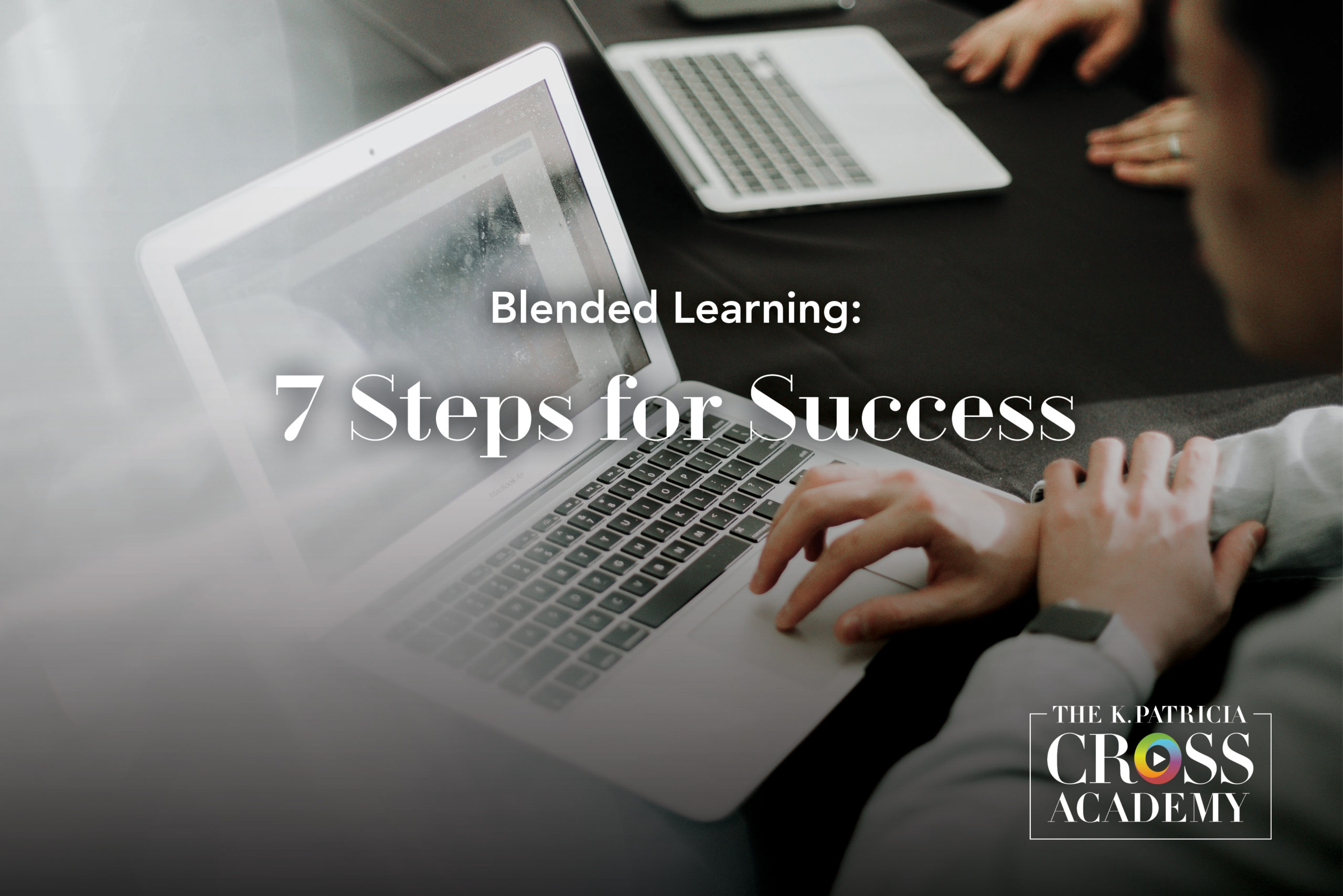
As colleges and universities look for new ways to improve both student learning and the student experience, blended courses are becoming increasingly common. A combination of onsite and online instruction, there is no single approach to blended learning. With any definition, the key to blended learning is the combination of onsite and online instruction. Educators in different geographic regions have
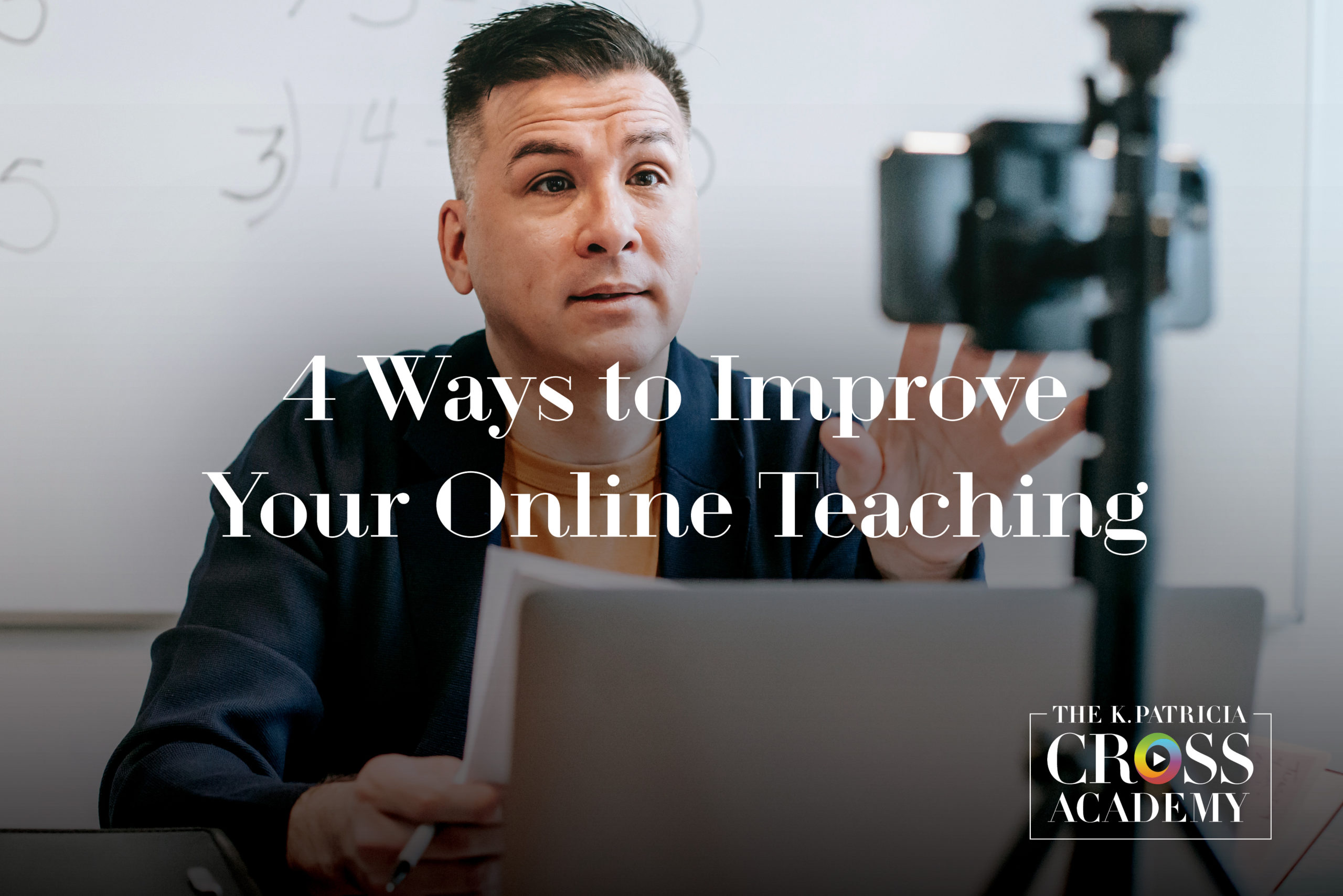
At the K. Patricia Cross Academy, our mission is to support faculty with easily accessible online teaching resources. As instruction is increasingly accomplished in an online environment, this edition of CrossCurrents is focused on highlighting some of the previous resources we’ve made available to instructors to aid in their development of successful, high-impact approaches to online teaching.
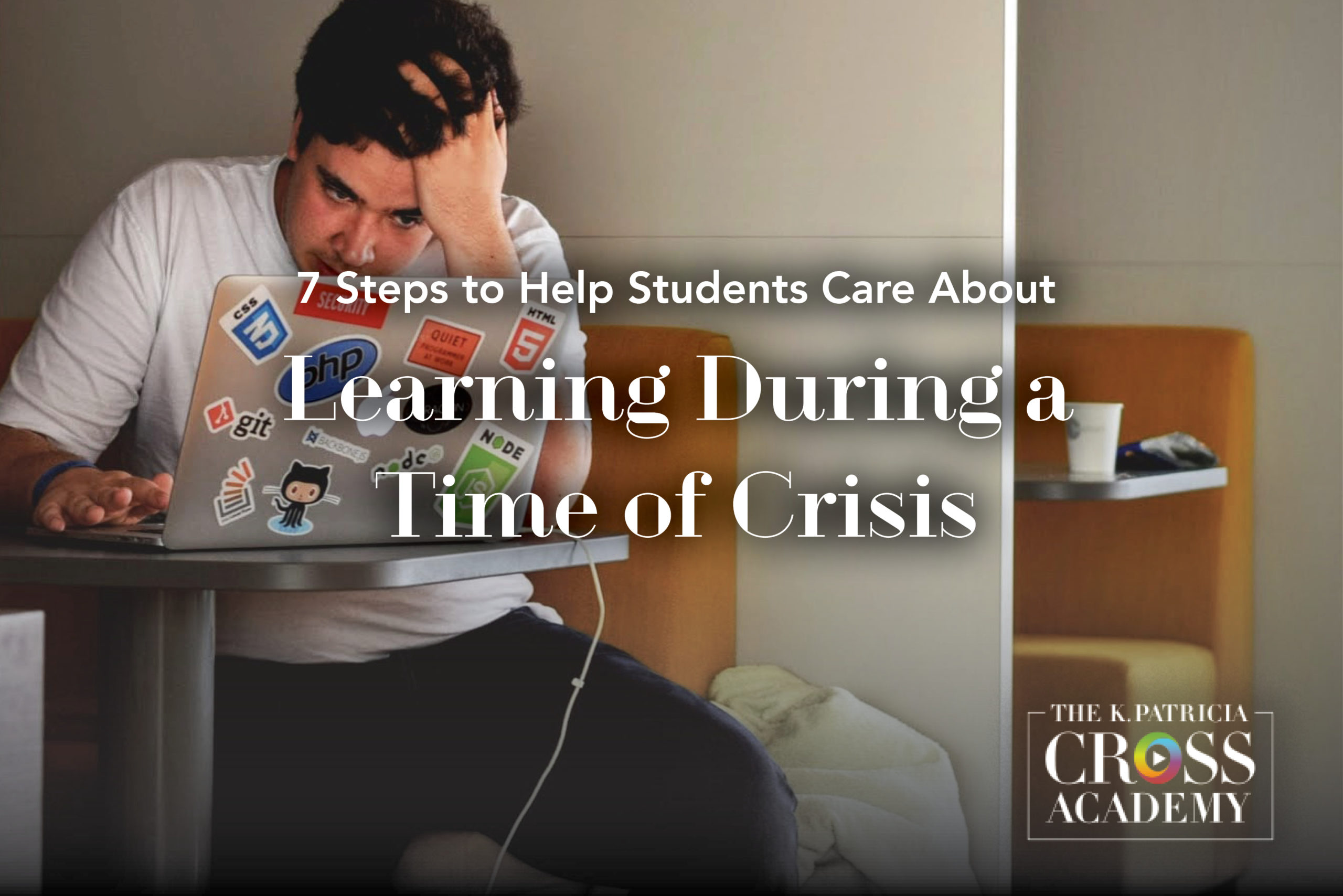
The COVID-19 pandemic and its surrounding political climate find us all in a time of crisis. Teachers and students alike are often caring for family members, friends, and themselves. It seems simple common sense that students who really care about what they are learning will invest the time and effort required to learn it well and remember it longer. So how do we help students focus their care on learning, during a crisis, during an age of significant distraction?